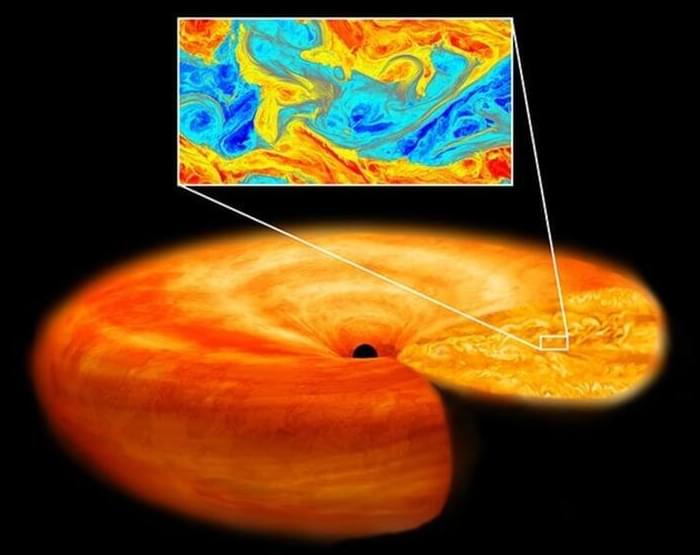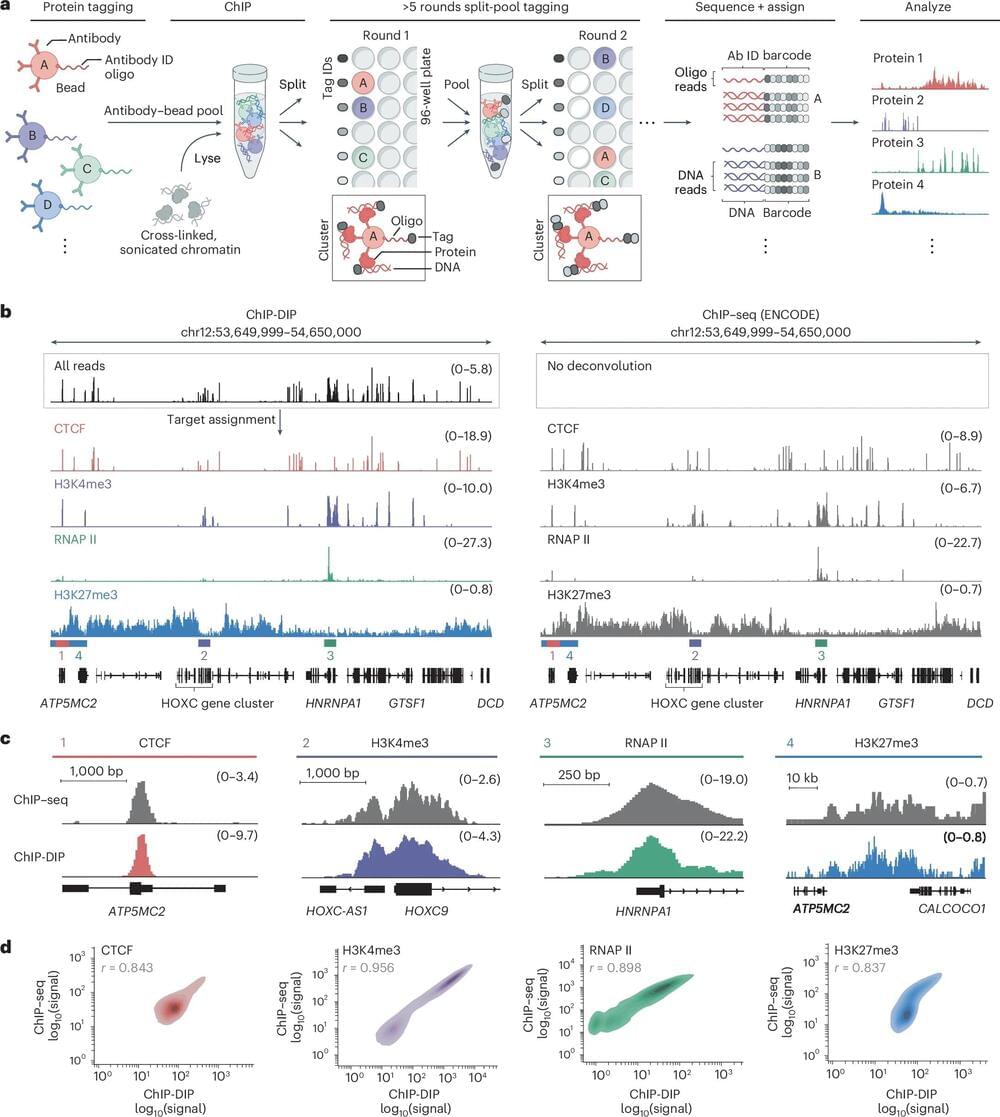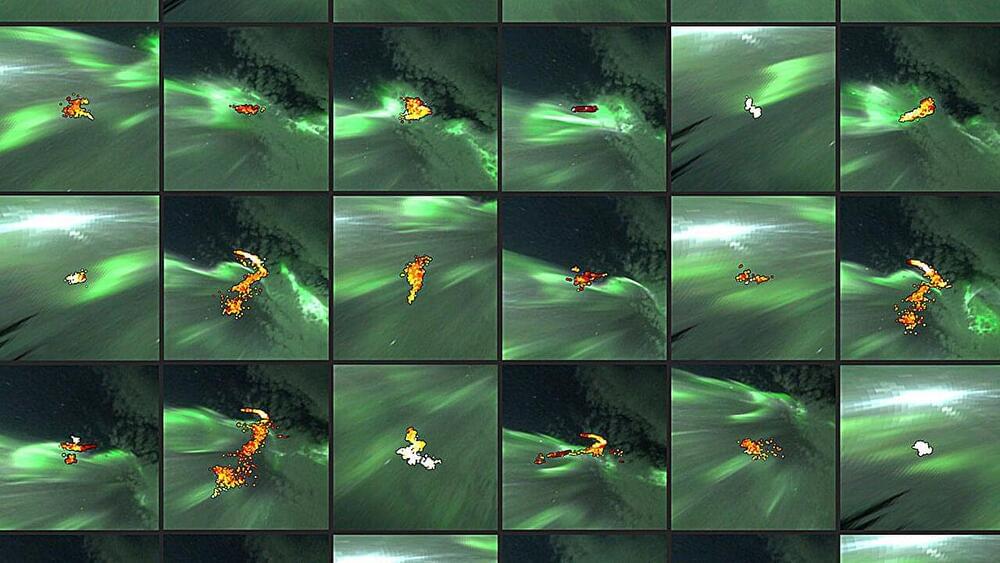Researchers at University of California San Diego have developed and tested a new software package, called Spatial Modeling Algorithms for Reactions and Transport (SMART), that can realistically simulate cell-signaling networks—the complex systems of molecular interactions that allow cells to respond to diverse cues from their environment.
Cell-signaling networks involve many distinct steps and are also greatly influenced by the complex, three-dimensional shapes of cells and subcellular components, making them difficult to simulate with existing tools. SMART offers a solution to this problem, which could help accelerate research in fields across the life sciences, such as systems biology, pharmacology and biomedical engineering.
The researchers successfully tested the new software in biological systems at several different scales, from cell signaling in response to adhesive cues, to calcium release events in subcellular regions of neurons and cardiac muscle cells, to the production of ATP (the energy currency in cells) within a detailed representation of a single mitochondrion.









